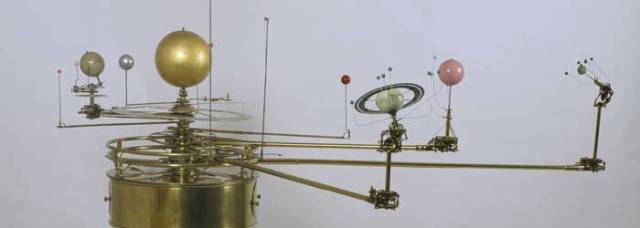I really enjoyed our first pre-workshop at the Kelvingrove Art Gallery on Saturday for an upcoming conference at the University of Strathclyde on Ekphrasis, which I have been practising for a while without knowing it had a name! The gaps in my knowledge continue to embarrass me, curses of a liberal education…
The conference, Writing into Art, is aimed at poets and writers in general interested in ekphrasis and at visual artists whose work involves the use of text. Poets from the Clydebuilt poetry scheme were invited to attend a practice-based workshop led by American poet Cole Swensen, that will elicit responses to the collections at Kelvingrove Museum and Art Gallery.
Ekphrasis is the graphic, often dramatic, description of a visual work of art. The word comes from the Greek ek – ‘out’ and phrasis – ‘speak’, to proclaim or call an inanimate object by name. Originally it referred to a description of any thing, person, or experience. It has more recently (i.e. in the 19th Century!) been limited to visual arts, though the American Poetry Foundation includes “a scene” in its definition, which leads one on to film and performance, as one of my fellow Clydebuilt poets, Christie Williamson, who frequently writes about both of those, pointed out. I also thought of landscape and nature poetry, and of the recent scheme where Clydebuilt poets wrote about music in the Glasgow Jazz Festival.
The traditional view of Ekphrasis as the process of giving a voice in text to a “mute” art object, as given in the excellent discussion lead by poet and academic David Kinloch, who is organising the conference, comes up against difficulty in contemporary art which can include performance art, video installations, and the use of voice, music and text in art. The relationship between literature and the visual arts is an interesting one, which I live daily, writing and working at the Glasgow School of Art. The Romantic and Modernist poets made much use of Ekphrasis in that more traditional meaning, as shown in the Guardian’s collection of Ekphrastic poetry, which includes “In the Musée des Beaux Arts” by WH Auden, “Landscape with the Fall of Icarus” by William Carlos Williams, and “Ode on a Grecian Urn” by John Keats, to say nothing of Homer’s Iliad, which describes the shield of Achilles. But of course both poetry and art have moved on, as is recognised by the conference organisers.
Notwithstanding debate on the meaning of the genre, and how to practice it, David Kinloch moved us on with two excellent examples, one of Ekphrasis and one of almost anti-Ekphrasis, namely A Cornfield with Cypresses by Paul Durcan and Why I am not a Painter by Frank O’Hara respectively. He then directed us at photographs on the table of works of art within Kelvingrove that were chosen by the museum staff. All were of a more traditional nature, as befits a museum built in the 1900s, though ultimately we are not limited to those for a subject. I was amused to be presented with a mirror from the Museum’s Mackintosh Collection, designed by Frances Macdonald in 1896, and nicknamed “The Honesty Mirror” trust me to have come from the Art School, keeper of Mackintosh’s most famous building and a pretty good collection of our own, to be presented with that. Still, chance sometimes has to be taken on with an open mind, and of course the title alone is evocative, the object is beautiful, and it was intriguing to be handed a photograph of it, which of course, unlike the object itself, did not reflect the poet! Let’s see if this poet can keep herself and her reflections out of a work about it.
Mirror, known as the ‘Honesty Mirror’, c.1896 (tin, wood, & glass), Macdonald, Frances (1874-1921) / Art Gallery and Museum, Kelvingrove, Glasgow, Scotland / The Bridgeman Art Library
We were then guided around some of the other objects, including many beautiful paintings, and Fulton’s wonderful orrery, (a three-dimensional model of the solar system designed and built 1823-33), which intriguingly puts scientific objects on a par with art for the purposes of Ekphrasis in this context. Released, it was liberating to roam free around the museum without being lead by my kids’ excited magpie minds, and amusing to run across other poets periodically, examining paintings excessivley and giving a nod of recognition across the gallery, like something out of a John le Carré novel. Above all, it was wonderful to meet up again with so many other Clydebuilt poets outside Mirrorball, especially Vicki Husband and Maggie Rabatski from my Clydebuilt 5 crew, and enjoy the kind of opportunities that follow on from this wonderful scheme. I’m very grateful for this opportunity, not least for giving me deadlines and subjects for writing again. Come along to the conference and see the results! http://writingintoart.wordpress.com/
Fulton’s Orrery at the Kelvingrove Museum (photo: Glasgow Life)




The honesty mirror is reminds me of my favourite fairy tale illustrator H J Ford. I imagine this mirror fits in perfectly with the snow white’s stepmother. Mirror, Mirror on the wall…
Pingback: Honesty | Ellen McAteer